Dress Code: Sexist?
November 2, 2015
In many schools, dress codes are created to make sure that all the students in the school stay focused and on task. Although this may be a good idea in theory, it is unfair in practice.
The new dress code is biased against girls – they are supposed to watch what they wear, while the boys don’t have as many restrictions.
The problem stems from the fact that girls are targeted more often than boys, and the implied message of dress codes is that it is the responsibility of female students to prevent boys from being too distracted to learn.
According to the administration, one of the main reasons that TL has a dress code is to maintain a good learning environment. The problem is that the “too revealing” clause is obviously aimed at the girls; the boys, while still having rules to follow themselves, don’t have as much to worry about. Bra straps showing, spaghetti straps, excessively short shorts – whether these items are too revealing is subjective. There can be no consistency in the enforcement of these rules, and the concentrated attention on girls’ attire shifts people’s focus from academics to body image. People are going to buy what they like to wear, whether it’s appropriate or not, teens are guided by what they find in their favorite stores, and it’s unfair to suggest girls shouldn’t wear current fashions because other people might react negatively.
Teachers are enforcing the dress code because they want to keep the school environment more professional. However, girls have the right to wear what they want, just like anyone should. In the opinion of both boys and girls, it’s not fair that girls get called out for what they wear. In the words of junior Emma Roggenkamp, “None of the teachers are enforcing it so I don’t think it’s going to work at all. I also think that it’s kind of unfair to spring it upon us. I’ve talked to so many girls who’ve been dress coded for showing shoulders or a bra strap.” Some girls might feel targeted or humiliated by getting called out by teachers, and they shouldn’t be feeling stress about what they wear.
Even in the opinion of a male student, junior Cameron Taylor, “There’s a lot of restrictions for girls and fewer for boys. I don’t think it’s fair that girls have so many more restrictions. I think it should be more equal.” It is obvious that not only girls are aware of the dress code restrictions, but boys see the inequality as well, and share similar thoughts. It seems that girls are unnecessarily targeted for dress code violations compared to boys.



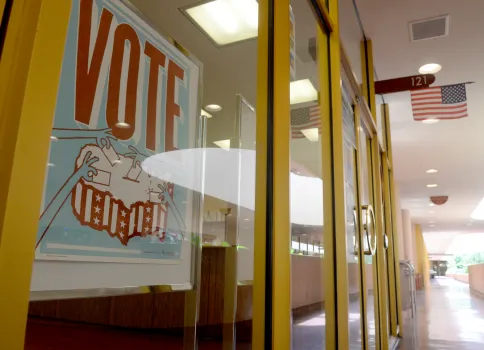

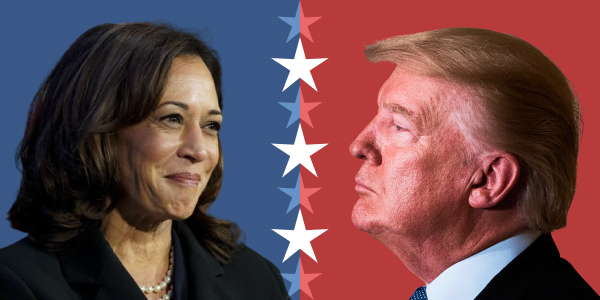




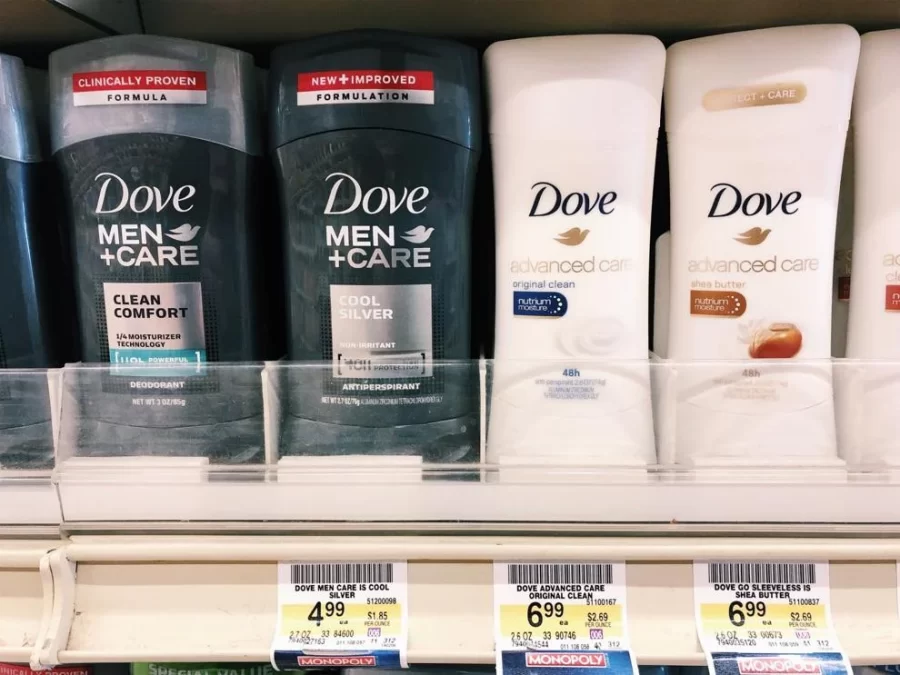



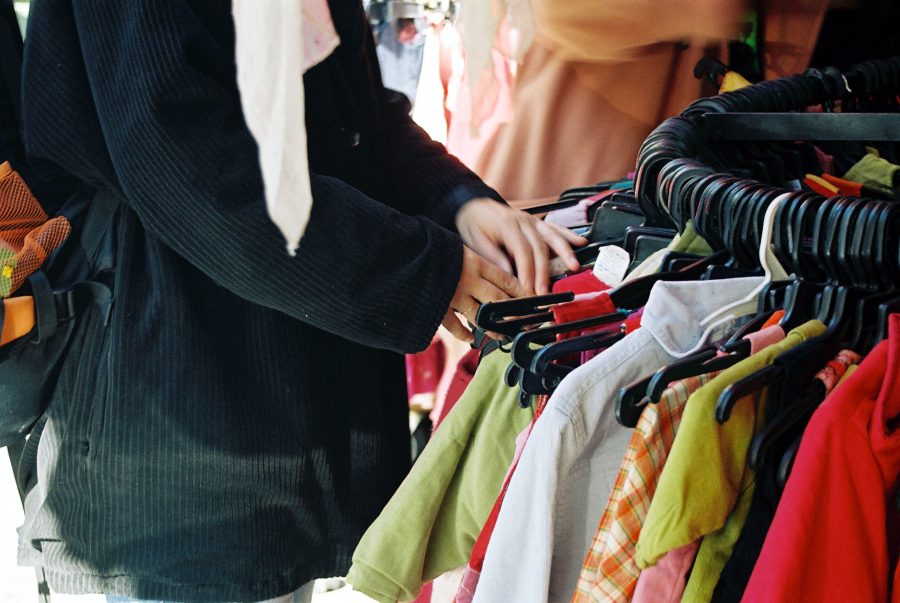





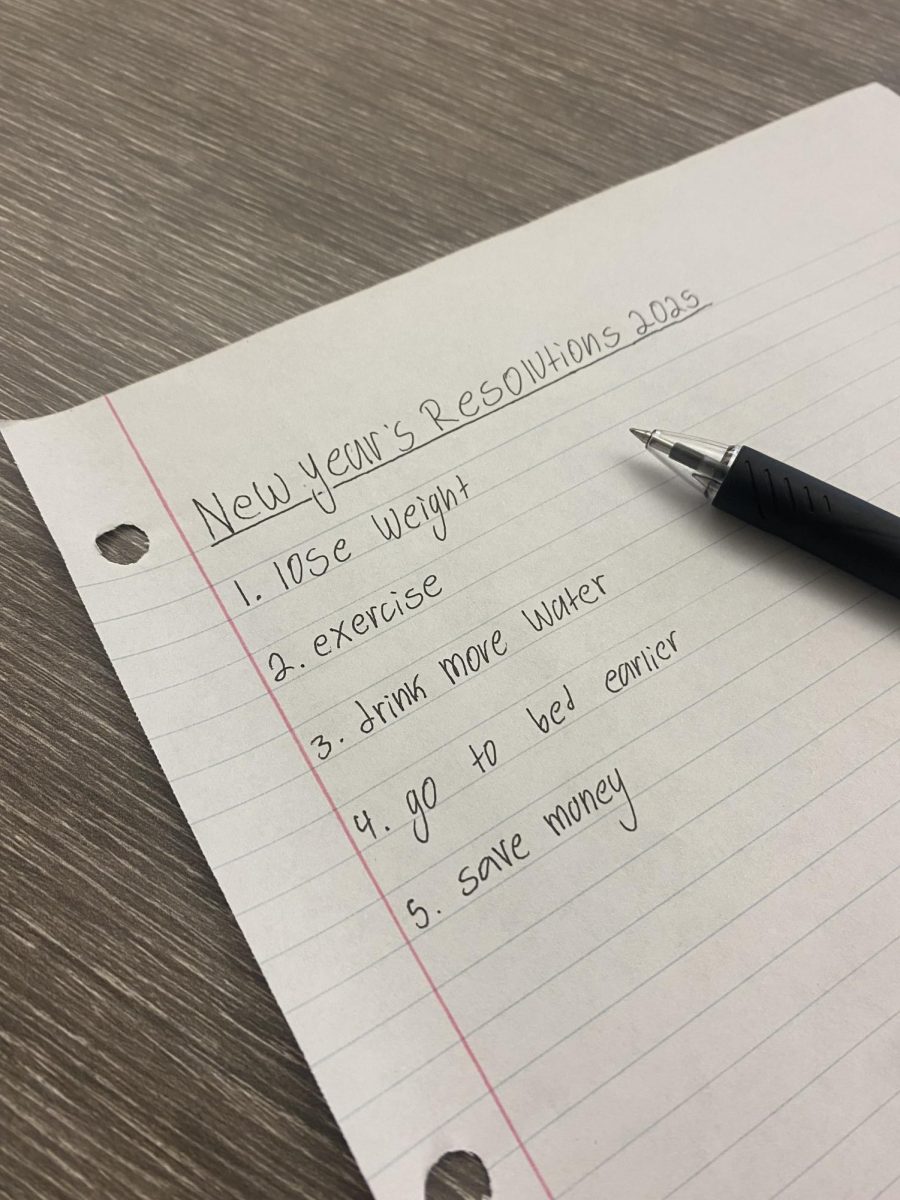


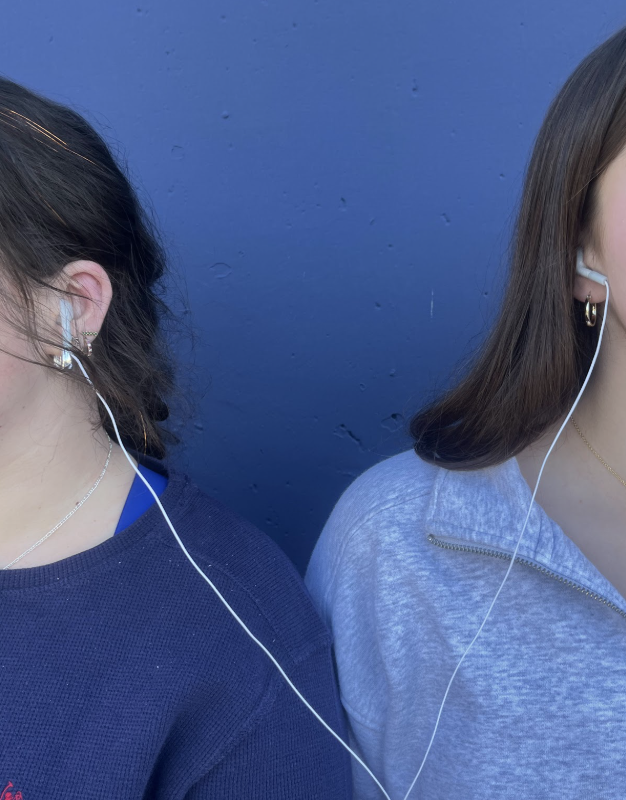

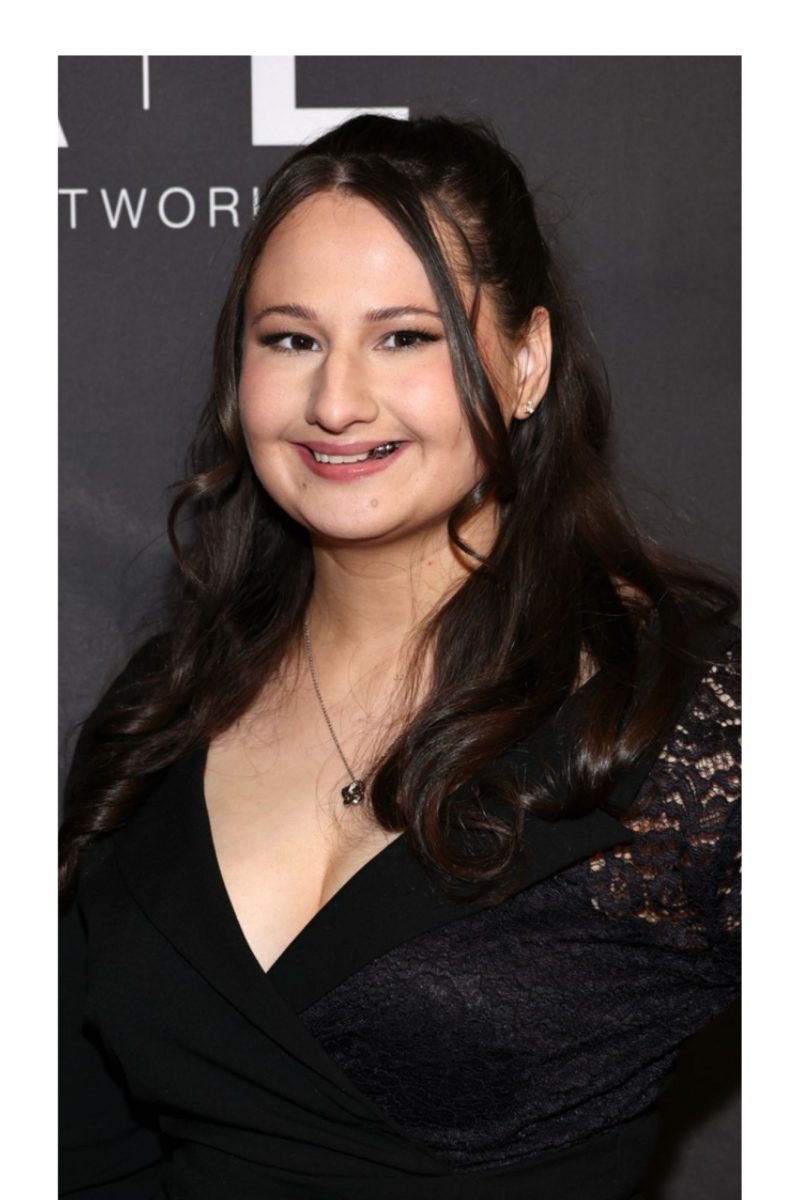










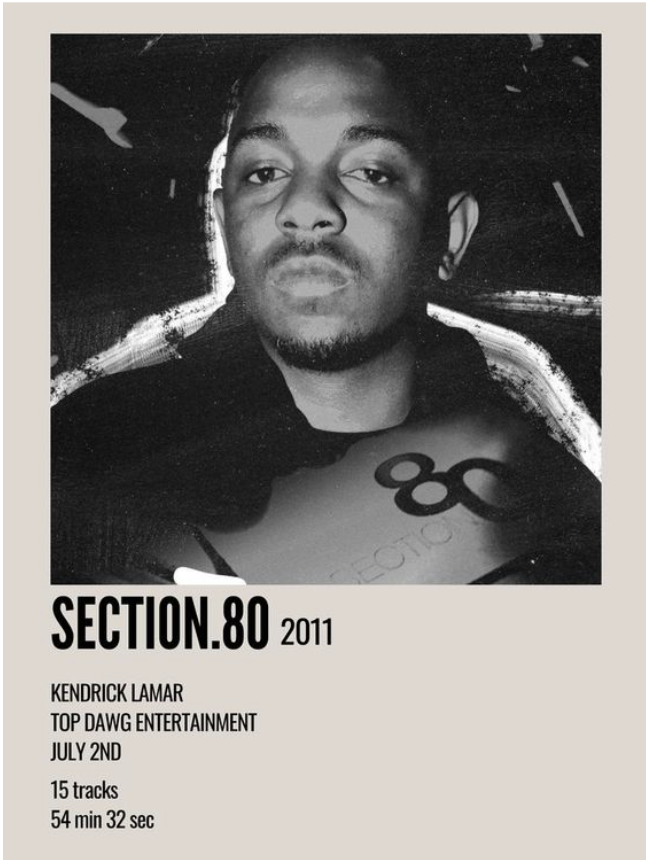


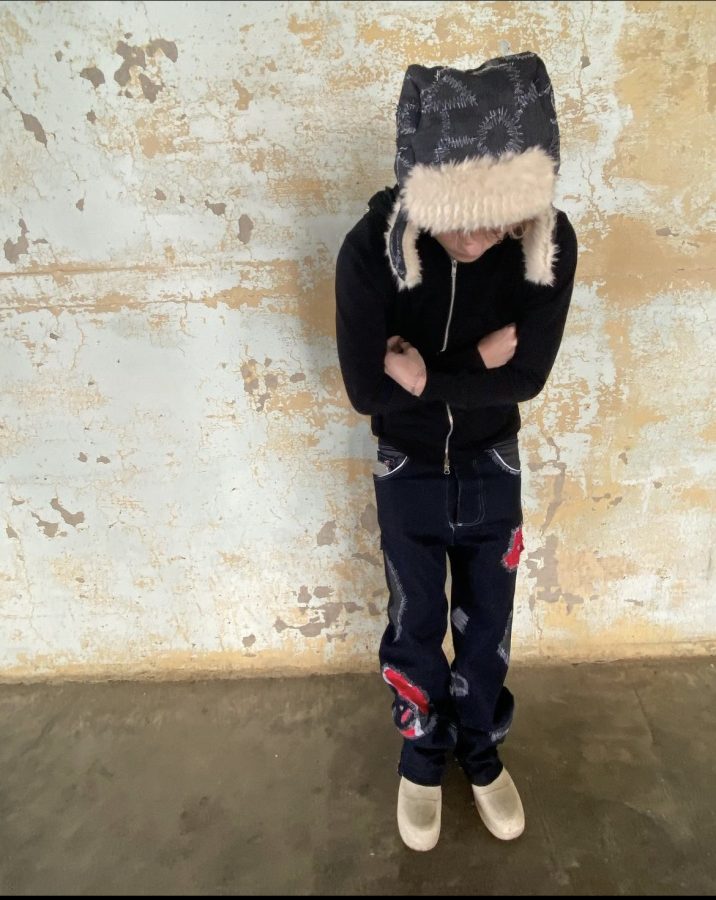










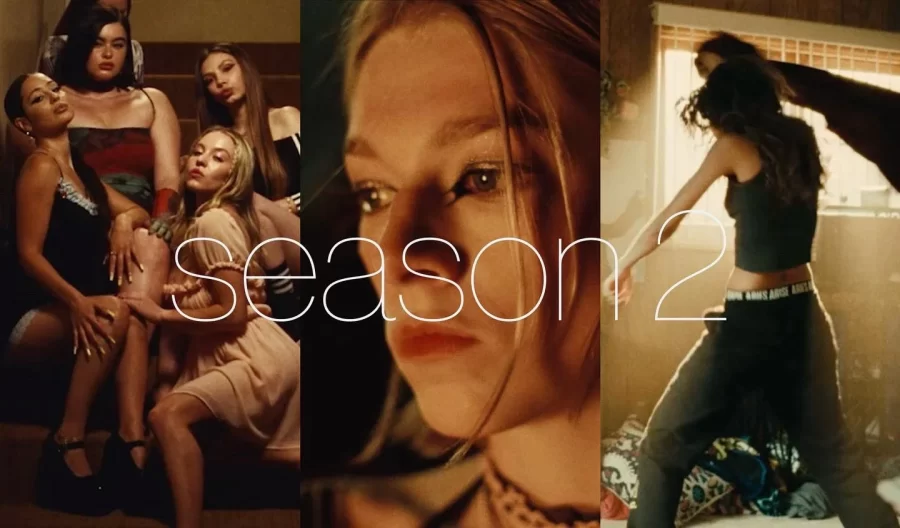

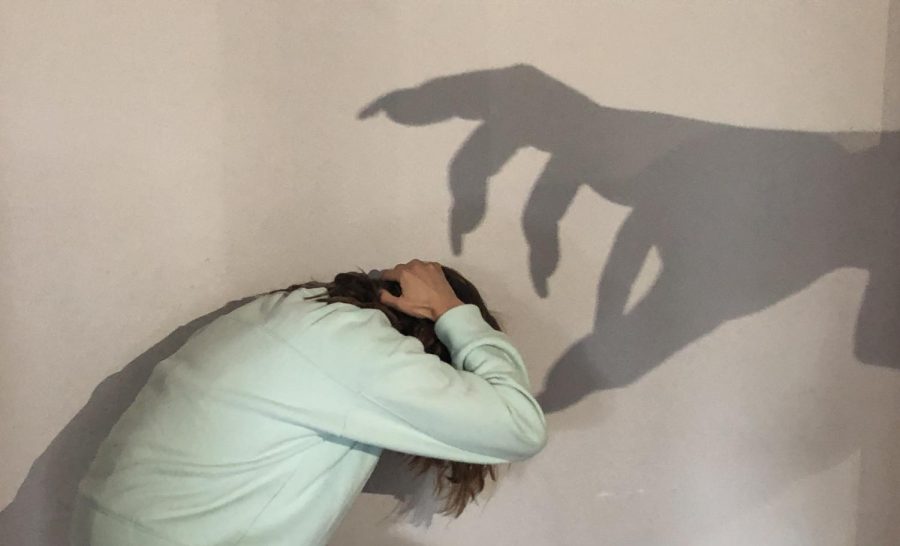









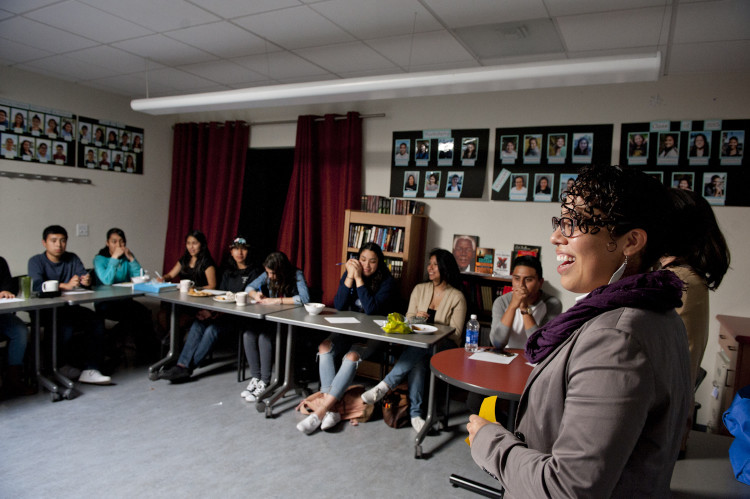




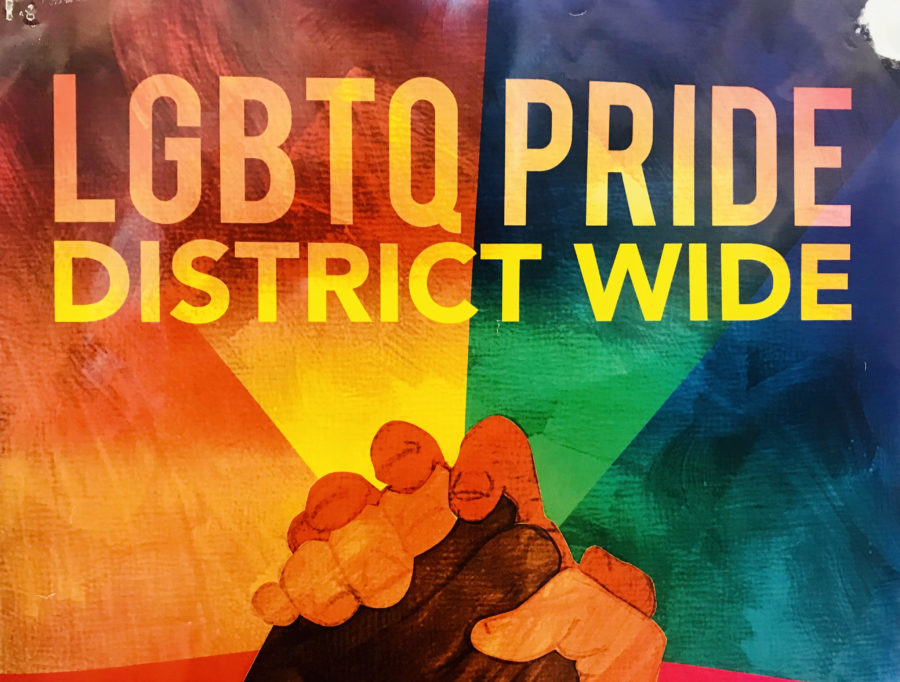



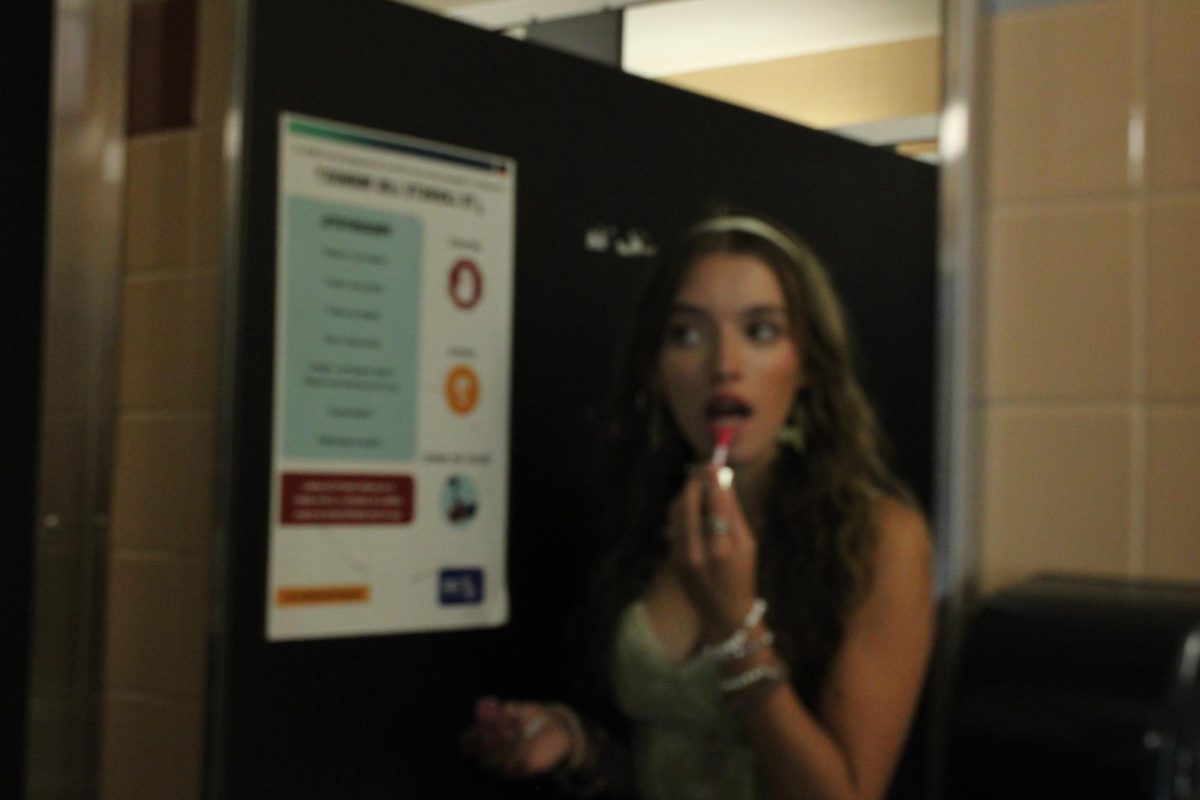
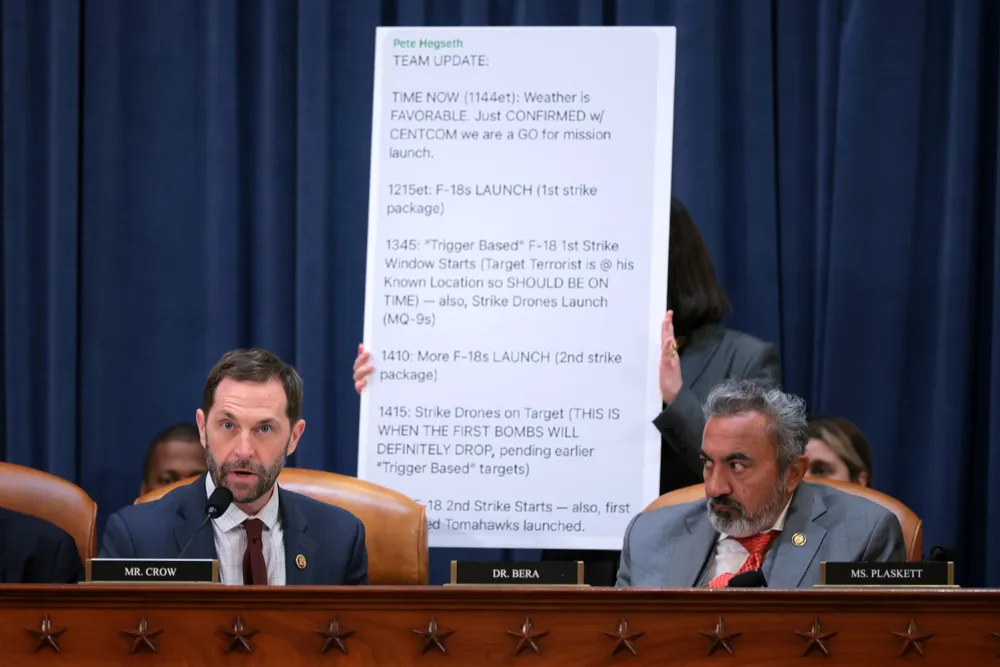







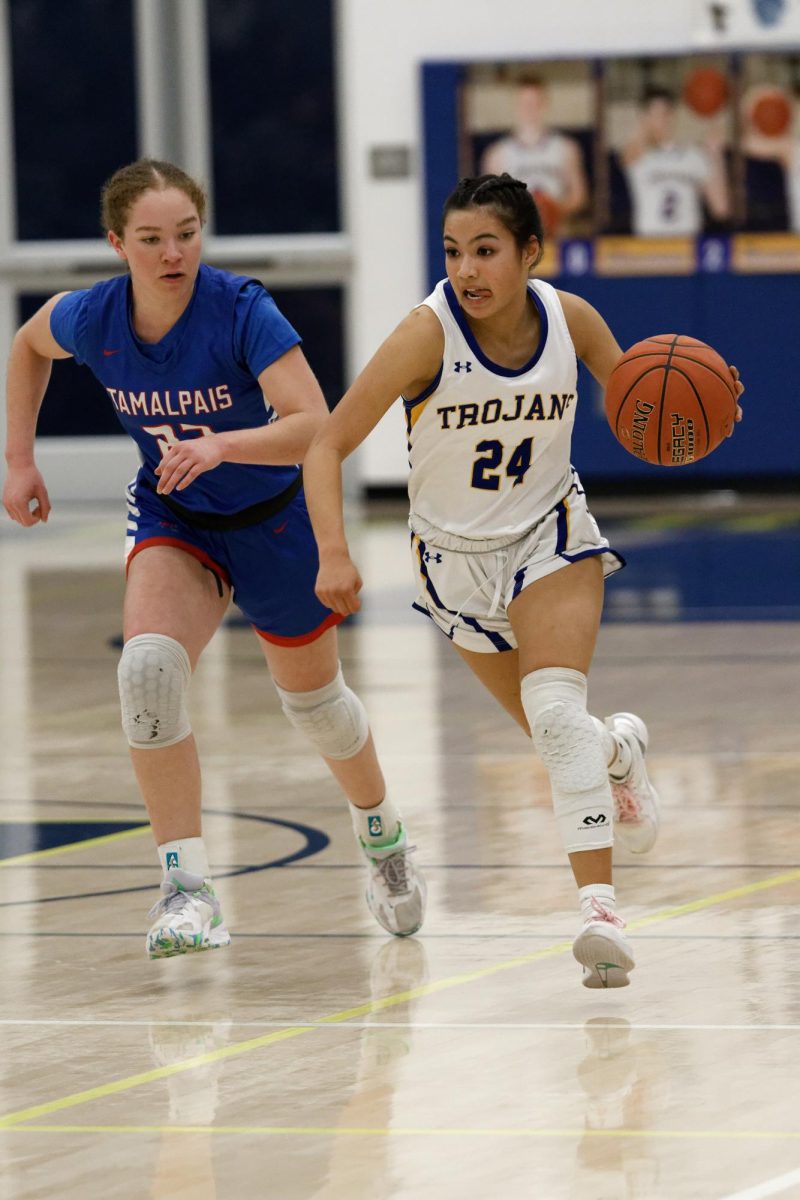

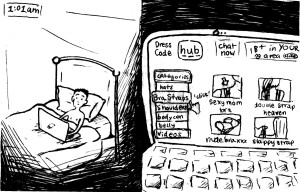




Shaun Weber • Dec 9, 2015 at 11:18 am
Thank you for speaking out!